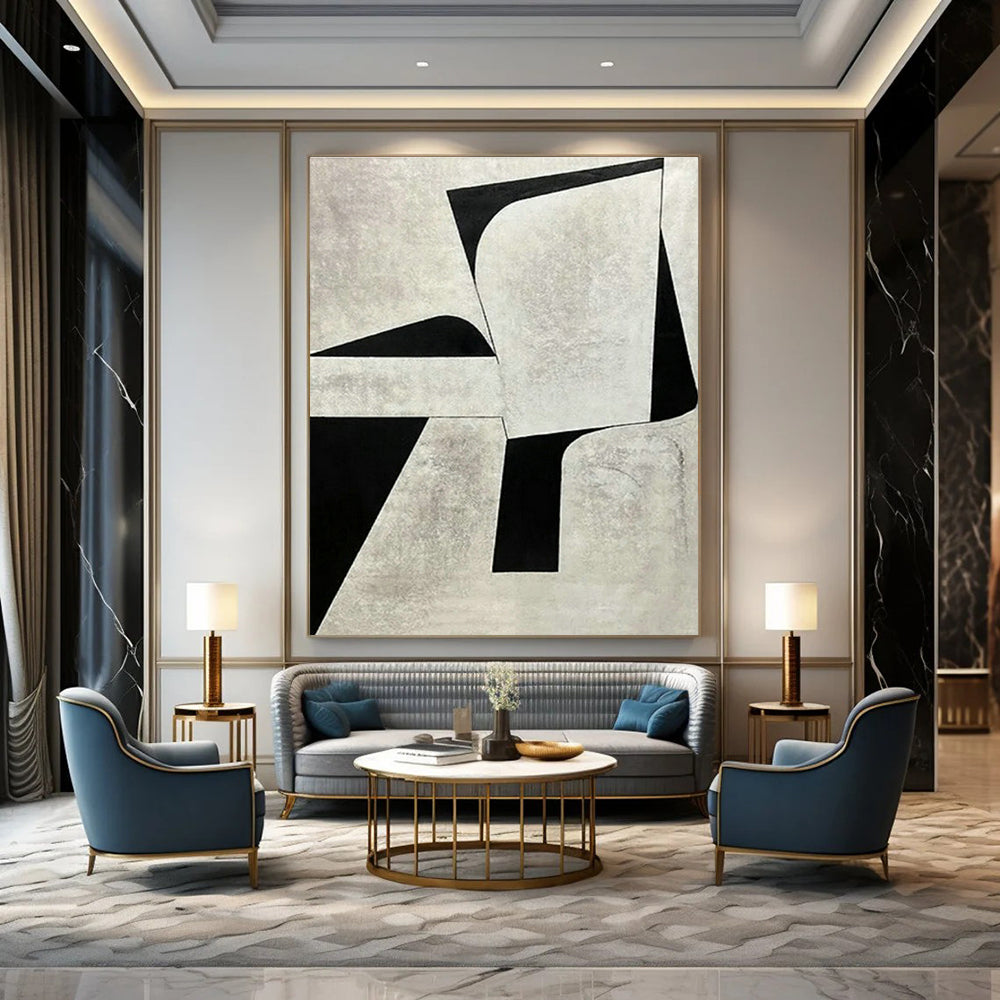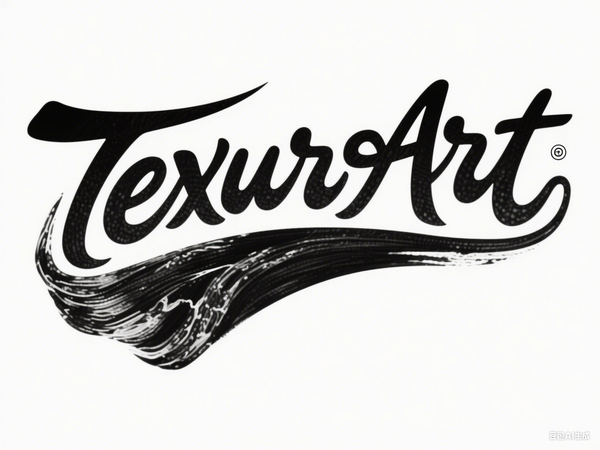
Exploring the Timeless Appeal of Geometric Wall Art - History, Masters, and Modern Expressions
Share
Geometric Wall Art captivates with its clean lines, shapes, and bold compositions that transform any space into a showcase of balance and creativity. This style embraces geometric forms such as squares, triangles, circles, and lines, arranging them in ways that evoke both harmony and visual excitement. Whether in ancient artifacts or contemporary interiors, geometric art has consistently provided a universal language of design and meaning.
Discover a curated collection of striking and textured abstract works by visiting Geometric Wall Art, where shape and structure take center stage.
The Roots and Evolution of Geometric Wall Art
Geometric art can trace its origins back to ancient civilizations, where geometric motifs adorned pottery, architecture, and textiles. The Greek Geometric period (circa 900–700 BC) featured recurrent patterns like zigzags, meanders, and triangles, notably seen on funerary vases such as those crafted by the Dipylon Master. These motifs were not just decorative but often carried symbolic meanings associated with order, life, and continuity.
In various cultures, geometry symbolized harmony and divine order—Egyptian pyramids and Islamic mosaics stand as testaments to this. Islamic art is especially renowned for its intricate geometric patterns representing infinity and spirituality.
The history and significance of this art form are well summarized in the article on Geometric Art Explained, which highlights how simple shapes have been used across cultures to convey profound concepts.

Techniques and Characteristics
Geometric Wall Art is characterized by the precise arrangement of shapes and patterns, often with striking contrasts of color and space. Techniques range from meticulous hand-painting, tile installation, and modern digital art to textured canvas and sculptural installations.
A dominant feature is the use of repeated shapes to create rhythm and unity, sometimes layered to produce depth and complex interplay. Contemporary artists incorporate “hard-edge” painting techniques, where clean, crisp boundaries between geometric forms emphasize structure and clarity. This is articulated well in the Geometric Abstraction - MoMA resource.
Influential Artists and Works
Several artists have shaped the legacy and contemporary practice of geometric art:
-
Piet Mondrian stands as one of the foremost figures with his grid-based compositions using primary colors and black lines, embodying the search for universal harmony. His works such as Composition with Red, Blue, and Yellow revolutionized abstract art.
-
Kazimir Malevich, the Russian avant-garde artist, pioneered Suprematism with pieces like Black Square, focusing on pure geometric form in non-representational compositions.
-
Wassily Kandinsky blended geometric forms with spiritual and expressive content, evolving his style from expressionism to abstract geometry.
-
Sonia Delaunay brought dynamic color and shape into modernist textile and painting design, influencing both fine art and practical applications.
For further insights on these masters and the evolution of geometric abstraction, Abstract Geometric Art | Shapes, Color & Design Influence offers an excellent overview.

Modern Applications in Wall Art
Today, geometric wall art is ubiquitous in interior design, commercial spaces, and public installations. Its versatility ranges from subtle accent walls to bold focal points that command attention. The minimalist aesthetic of geometric shapes complements modern decor sensibilities, while textured and layered forms add warmth and tactility.
The appeal lies in its ability to blend order and creativity, producing environments that feel both structured and inspiring. Digital tools and materials have expanded artistic expression, allowing for multi-dimensional wall pieces that interact with light and space.
Explore creative ideas and inspirations for your space through in-depth guides such as Understanding Geometric Abstraction and History of Wall Art.
FAQ
What defines geometric wall art?
Geometric wall art features artworks composed primarily of geometric shapes arranged in patterns or compositions that emphasize balance, symmetry, and structure.
How old is geometric wall art?
Its roots trace back thousands of years to ancient cultures like Greece, Egypt, and Islamic societies, where it was integral to pottery, architecture, and decoration.
Who are some famous geometric artists?
Notable artists include Piet Mondrian, Kazimir Malevich, Wassily Kandinsky, and Sonia Delaunay, all pioneers of abstract and geometric art.
Can geometric wall art fit in any interior style?
Yes, its versatility allows it to complement modern, minimalist, industrial, and even eclectic décor styles.
What materials are commonly used in geometric wall art?
Materials range from painted canvases, tiles, metal, and wood to digital prints and mixed media installations.
Where can I find quality geometric wall art?
Collections like Geometric Wall Art offer a range of bold, textured artworks suitable for various spaces and tastes.
Geometric Wall Art continues to inspire with its timeless appeal and dynamic forms, exemplifying the beauty in shapes and structural harmony that transcend cultures and centuries.
Visit Geometric Wall Art to explore unique pieces that speak the language of shape, color, and design.
